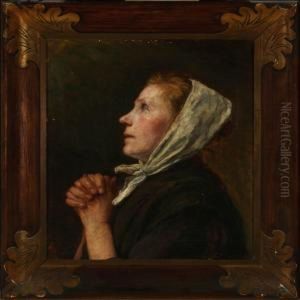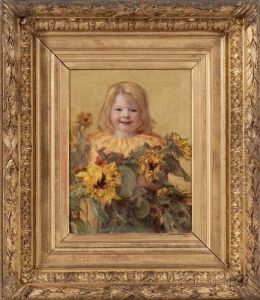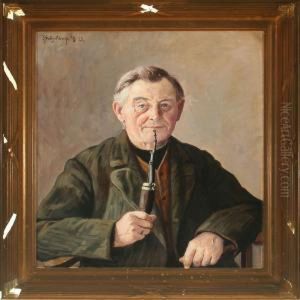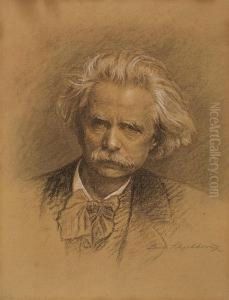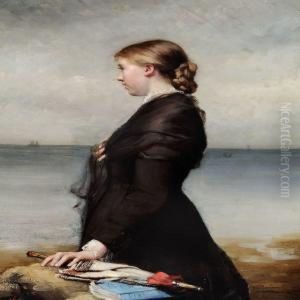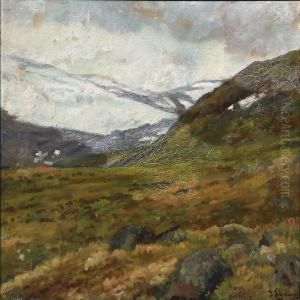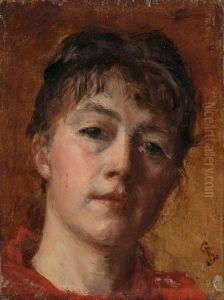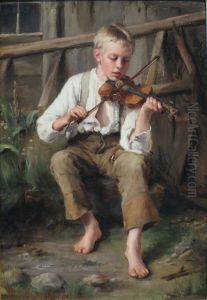Leis Schjelderup Paintings
Leis Schjelderup was a Norwegian painter, born on May 18, 1866, in Bergen, Norway. His full name was Eilert Adelsteen Normann Schjelderup, and he was a part of the Norwegian art scene during a period that saw significant changes and developments in national art expressions, particularly with the rise of National Romanticism.
Schjelderup's early education and artistic development commenced in his hometown of Bergen. He moved to Munich to continue his studies, which was a common path for many Scandinavian artists at the time, as Munich was considered an important center for art education and had a vibrant expatriate artist community. The city provided him with the opportunity to learn from some of the most prominent artists and professors of the era.
During his career, Schjelderup's work was influenced by the prevailing styles of the times. Initially, he was influenced by realism, but as he matured as an artist, he was drawn to the National Romantic style, which emphasized the beauty of the native landscape, culture, and history, resonating with a broader movement across Scandinavia that sought to assert national identity through the arts.
Schjelderup's landscapes and scenes often depicted the dramatic and rugged beauty of Norway's natural scenery. His works were characterized by a sensitive use of light and a palette that often included soft, natural tones, which captured the unique Nordic atmosphere. His paintings contributed to the cultural project of defining and celebrating Norwegian identity during a period when Norway was seeking independence from Sweden, which was eventually achieved in 1905.
Throughout his life, Schjelderup exhibited his work in various venues, including the Autumn Exhibition in Kristiania (now Oslo) and abroad. His artworks were well-received and contributed to the cultural fabric of Norway at the turn of the century.
Leis Schjelderup passed away on December 28, 1933, in Oslo. His legacy includes his contributions to the Norwegian art landscape during a pivotal time in the nation's history. His paintings remain appreciated for their technical skill and emotive representation of the Norwegian environment, and they continue to be studied and enjoyed for their place in the canon of Norwegian national art.
